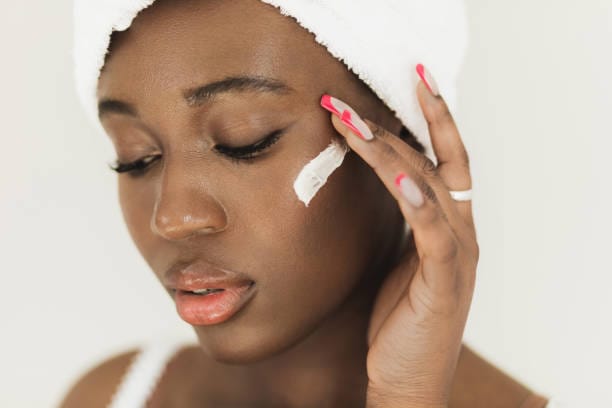Does the thought of choosing between facial oil and moisturizer leave you feeling like you are lost in a maze of skin care products?
Finding the right skin care product for your skin type is essential for maintaining a healthy, youthful complexion. Facial oils and moisturizers are both valuable skin care products with unique benefits.
Let’s explore which option is best for you, depending on your skin type
Table of Contents
Dry Skin
Dry skin types tend to benefit from thick, nourishing moisturizers that contain hydrating ingredients, such as hyaluronic acid, glycerin, or ceramides. These ingredients can help replenish the skin’s moisture barrier, leading to softer, smoother skin.
Oily Skin
Surprisingly, facial oils can be beneficial for oily skin types as well. While it may seem counterintuitive, certain oils can actually help balance excess sebum production, reducing shine and breakouts. Non-comedogenic oils like jojoba oil or rosehip seed oil are great choices for oily skin.
Combination Skin
For those with combination skin, a hybrid approach may be best. Use a lightweight moisturizer on oily areas and a facial oil on dry areas. This will help to balance out the skin’s oil production, keeping the skin hydrated and healthy.
Sensitive Skin
For those with sensitive skin, it’s important to choose gentle products that won’t cause irritation. Always look for products labeled “hypoallergenic” or “non-comedogenic.” And, of course, always do a patch test on a small area of skin before applying a new product to your entire face.
How to incorporate both facial oil and Moisturizers for an even glowing skin
Incorporating both moisturizers and facial oils into your skincare routine can be an excellent way to balance out your skin’s hydration and address-specific concerns.
Here’s a step-by-step guide to targeting different areas of your face:
Start by cleansing your face with a gentle, non-stripping cleanser. Pat dry with a clean towel.
Apply your moisturizer to areas of your face that are dry or dehydrated, such as the cheeks, jawline, and neck. Massage the moisturizer into the skin using circular motions.
Apply your facial oil to areas where your skin is more oily, such as the T-zone (forehead, nose, and chin). You can use a small amount of facial oil directly on these areas or mix it with your moisturizer for a lighter application. Gently pat the oil into your skin.
Allow the products to absorb into your skin for a few minutes before continuing with the rest of your skincare routine, such as sunscreen or makeup.
Tips to choosing gentle product and patch testing
Read the ingredients list
Search for products that are labeled as hypoallergenic, fragrance-free, or non-comedogenic. These terms indicate that the product is less likely to cause irritation or breakouts.
Avoid harsh chemicals Steer
Clear of products that contain harsh chemicals like parabens, sulfates, or phthalates, which can be irritating for sensitive skin.
Patch test
To check if a product is suitable for your skin, perform a patch test on a small area, like the inside of your wrist or behind your ear, before applying it to your face. Apply a small amount of the product and wait 24–48 hours to see if there’s any reaction.
Give your skin time to adjust
Introduce new products slowly, starting with once or twice a week. This allows your skin to adjust to the new product and reduce the risk of irritation.
Conclusion
Facial oils and moisturizers have distinct benefits for your skin. From hydrating dry patches to balancing oily areas, these skincare staples can help you achieve your best skin yet.
Photo Credit: GETTY
























